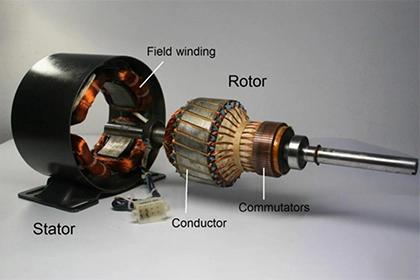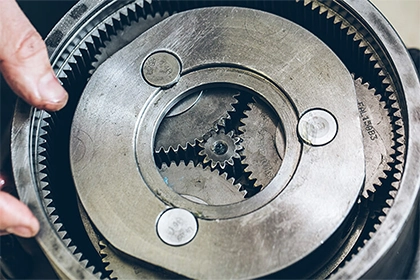
When Was the Electric Motor Invented?
The history of mechanical motors begins in the early nineteenth century, with the development of the first electric motors. Although these early motors were primitive and inefficient, they opened the way for the creation of more sophisticated motors that are now employed in a broad variety of machines.
The history of machinery motors dates back to the early 19th century, when the first electric motors were developed. These early motors were crude and inefficient, but they paved the way for the development of more advanced motors that are used in a wide range of machinery today.
The earliest known electric motor was created by British scientist Michael Faraday in 1821. Faraday's motor consisted of a simple horseshoe magnet that was suspended above a rotating copper disk. When an electric current was passed through the disk, it interacted with the magnetic field of the horseshoe magnet and caused the disk to rotate. This simple device demonstrated the basic principles of electromagnetism and the operation of an electric motor.
Over the next few decades, other scientists and inventors built upon Faraday's work and developed more advanced motors. In 1832, American scientist Joseph Henry built a motor that used a coil of wire and a magnet to create motion. And in 1834, American inventor Thomas Davenport built the first practical electric motor, which he used to power a small model car.
Despite these early developments, motors remained inefficient and impractical for many years. It wasn't until the late 19th century, with the advent of better materials and manufacturing techniques, that electric motors became more widely used. In 1888, the German company Siemens introduced the first industrial-grade electric motor, which was more powerful and efficient than previous models.
In the early 20th century, advances in electrical engineering and the development of new materials and manufacturing techniques led to even more advanced machinery motors. The introduction of asynchronous motors, which used a rotating magnetic field to produce torque, made electric motors more efficient and reliable. And the development of brushless motors, which used electronic commutation instead of brushes to control the flow of electricity, further improved the efficiency and lifespan of electric motors.
Today, machinery motors are an essential component of a wide range of industrial and consumer products. They are used in everything from small household appliances to large industrial machinery, and continue to evolve and improve with advances in technology.
In conclusion, the history of machinery motors dates back to the early 19th century, with the development of the first electric motors. Over the years, these motors have undergone significant improvements and advancements, resulting in the efficient and reliable motors that are used in a wide range of machinery today.



Leave a Comment